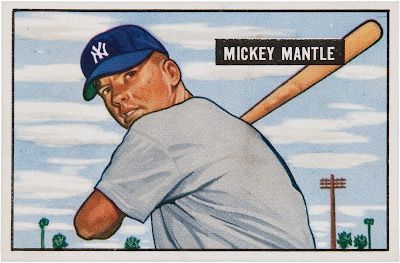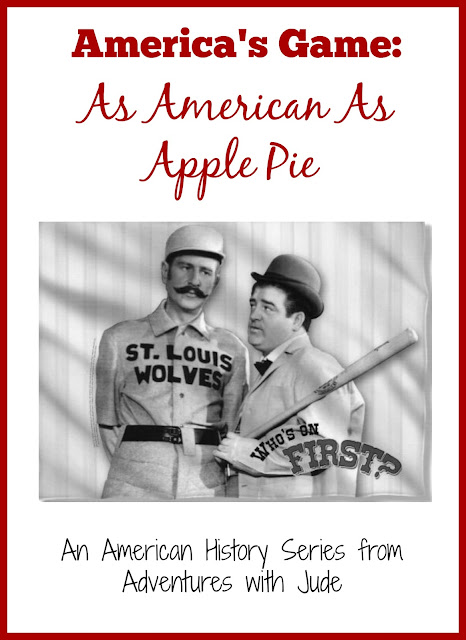Baseball is an integral part of American pop culture. For over a century and a half, Americans have grown up up with baseball, playing on Little League teams and dreaming of playing in the Majors, turning the game into a tradition of American culture. Over time, it has come to be a synonym for being quintessentially American -- or so goes the saying “As American as hot dogs, baseball, or Mom’s apple pie.”
Professional baseball has reflected shifting values in American society. In the early years, Jim Crow thinking banned blacks from the Major Leagues, but in 1947, the first black baseball player, Jackie Robinson, entered the league. Soon, more black players were signed, making the “field of dreams” a “field of reality.” Players become heroes, and companies started hiring them to endorse their products. Whether it is Nolan Ryan plugging Advil for pain relief or Derek Jeter selling Ford automobiles, the general public sees the player’s endorsement as a promise that the product will stand up to its application, making endorsement deals lucrative for both sponsor and player.
 |
| Mike Trout, spokesman for Zepp |
Baseball permeates pop culture. Abbot and Costello’s Who’s on First? routine descended from turn-of-the-century burlesque sketches that used plays on words and names. The line has become a common response to a confusing situation, and a humorous "Who's on first?" means "Explain this to me again, please."
"If you build it, they will come..." is another baseball phrase, quoted from from the motion pictures Field of Dreams. Christopher Sharrett of USA Today described it as a motion picture that "used baseball as an image of a golden, half-remembered past,” and it shows how baseball is a link between generations. If you want something to happen, you might say, "If you build it, they will come," as encouragement.
Dozens of English-language idioms have been derived from baseball. One of the first examples, Ernest Thayer's poem Casey at the Bat, appeared in 1888. A wry description of the failure of a star player in what would now be called a clutch situation, "There is no joy in Mudville." can be used to describe a once promising situation that has fallen apart. You probably have said to someone "I want to touch base," meaning you want to find out about their future plans. Someone might ask "Am I in the right ballpark?" if they are uncertain if an idea they are thinking is correct, or someone might congratulate you by praising, "You’re in the big leagues now!"
 |
| Mickey Mantle's baseball card portrait Public Domain, via Wikimedia Commons |
The baseball cap has become a ubiquitous fashion item not only in the United States, but also in countries where the sport itself is not particularly popular, such as the United Kingdom and Japan. The basic shape, including its curved bill, is similar to some styles of 19th century sun bonnet. Made-over for the men, the baseball cap had a simple task: keep the sun out of the players’ eyes. Usually, the cap was fashioned in the team’s official colors, and often the logo, mascot, or team's initial was placed on the cap. Selling them to fans at the games bolstered them as a way to show your enthusiasm for your home team. In addition to standard "player replica" caps, teams re-style them to appeal to multiple fan demographics.
While associated with the sport, the cap’s style has become part of other careers and daily life. It’s humble origins for blocking the sun makes it popular for military or police officer wear, and the front of the cap becomes a place for many veterans to display their past careers.
Baseball entered the American culture in the 1850s, and as the game grew, so did the culture surrounding it. Today, baseball images and references, from television ads to the ubiquitous ball cap, baseball culture is a part of our everyday lives.

©2012- 2016 Adventures with Jude. All rights reserved. All text, photographs, artwork, and other content may not be reproduced or transmitted in any form without the written consent of the author. http://adventureswithjude.com



No comments:
Post a Comment